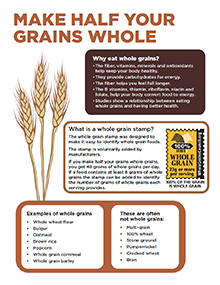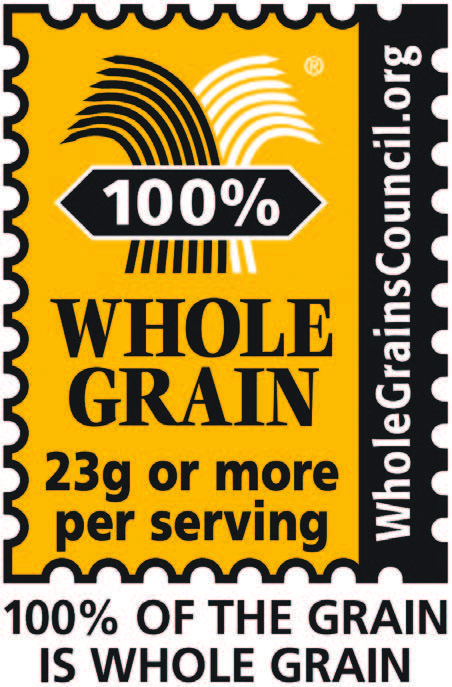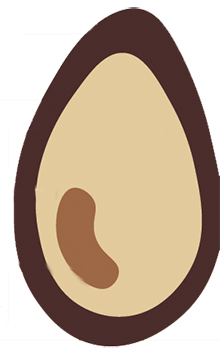Editor’s note
The following abstract describes a publication that is available as a downloadable PDF.
See the companion publication N1005, Whole Grains Poster.

Abstract
This handout provides information regarding whole grains in your diet.
Topics
- Daily Allowance
- Examples
- Whole grain stamp
- Refined grain
- Facts
- Enriched
- SNAP
Pages
- 2
See handout content below.
Make Half Your Grains Whole
Why eat whole grains?
- The fiber, vitamins, minerals and antioxidants help keep your body healthy.
- They provide carbohydrates for energy.
- The fiber helps you feel full longer.
- The B vitamins, thiamin, riboflavin, niacin and folate, help your body convert food to energy.
- Studies show a relationship between eating whole grains and having better health.

What is a whole-grain stamp?
The whole-grain stamp was designed to make it easy to identify whole-grain foods.
The stamp is voluntarily added by manufacturers.
If you make half your grains whole grains, you get 48 grams of whole grains per day. If a food contains at least 8 grams of whole grains, the stamp can be added to identify the number of grams of whole grains each serving provides.
Examples of whole grains
- Whole-wheat flour
- Bulgur
- Oatmeal
- Brown rice
- Popcorn
- Whole-grain cornmeal
- Whole-grain barley
These are often not whole grains:
- Multigrain
- 100% wheat
- Stone-ground
- Pumpernickel
- Cracked wheat
- Bran
How to know if a food is whole grain
- The ingredients on the food label are listed by weight. If the food is high in whole grains, it will be at the beginning of the list. Be sure the word “whole” is in front of the grain. For example, whole-wheat flour is a whole-grain product, but wheat flour is not.
- Check the amount of fiber per serving. Whole-grain bread has 2-3 grams of fiber per serving; white bread usually has only 1 gram.
- Look for the word “whole” in front of the name of the grain.
- Look for the Whole-Grain Stamp.
What does enriched mean?
Nutrients that were lost during processing were added back. Still, much of the fiber, zinc and other vitamins and minerals are gone.
Refined grain
Refined grains contain only the endosperm. This means you don’t get all the vitamins, minerals and fiber from the bran and germ.

Whole grain
Whole grains contain all three parts of the grain kernel.
Bran
Provides fiber, antioxidants and B vitamins
Endosperm
Provides carbohydrates, protein and smaller amounts of B vitamins
Germ
Provides B vitamins, vitamin E, minerals, healthy fat and antioxidants